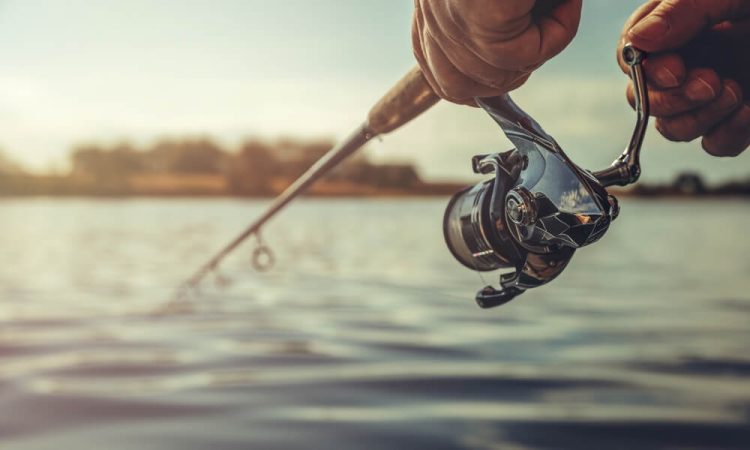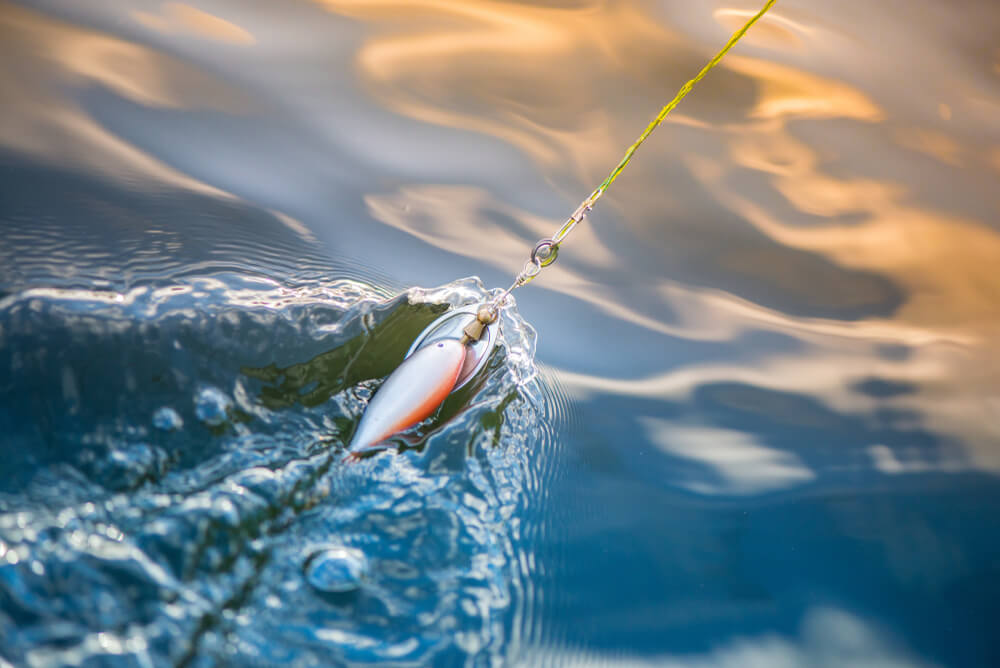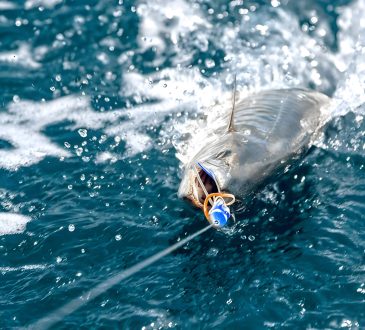
Catching flounder fish is both an exhilarating and challenging experience for anglers of all levels. Known for their unique flat bodies and ability to camouflage with the ocean floor, flounder present a distinct set of challenges that make fishing for them particularly exciting. Understanding how to catch flounder fish involves mastering specific techniques and gaining knowledge about their behavior and habitat.
Flounder are typically found in coastal waters, often near sandy or muddy bottoms where they can easily blend in. This makes locating them a bit tricky but also adds to the thrill of the hunt. Anglers often use light tackle and live bait such as minnows or shrimp to attract these elusive flatfish. Patience is key, as flounder are known for their subtle bites; feeling the slightest tug on your line can be a rewarding moment signaling you’ve hooked one.
The excitement of catching flounder fish doesn’t just stop at the bite. Once hooked, these fish put up a spirited fight, making every catch feel like an achievement. Whether you’re fishing from shore, a pier, or a boat, each successful catch provides not only a sense of accomplishment but also contributes to your growing expertise in this specialized type of fishing.
Fishing for flounder offers both seasoned anglers and beginners an opportunity to engage with one of the most intriguing species in coastal waters. The combination of strategy, patience, and skill required makes it an appealing challenge that promises excitement with every outing.
The Best Gear and Tackle for Flounder Fishing Success
When it comes to flounder fishing, having the right gear and tackle can make all the difference between a successful day on the water and coming home empty-handed. To maximize your chances of landing this elusive flatfish, it’s crucial to equip yourself with the best flounder fishing gear available.
First and foremost, selecting the appropriate rods and reels for flounder is essential. A medium-light to medium-action rod paired with a spinning reel is often recommended. This combination provides the sensitivity needed to detect subtle bites while offering enough strength to handle larger catches. Look for rods in the 6’6″ to 7′ range, as these offer a good balance of control and casting distance.
Next, consider your choice of line. Braided lines are popular among flounder anglers due to their low stretch and high sensitivity, which help in feeling those gentle nibbles that flounders are known for. A 10-20 lb test braided line is typically sufficient for most flounder fishing scenarios.
When it comes to terminal tackle, using fluorocarbon leaders can be particularly effective due to their near-invisibility underwater. A leader in the 15-20 lb test range will generally suffice. Additionally, jig heads ranging from 1/8 oz to 1 oz are versatile options that allow you to adapt based on current conditions and water depth.
For bait choices, live minnows or finger mullet are often considered some of the best options for attracting flounder. Soft plastic lures mimicking these baitfish can also be highly effective when rigged on a jig head or under a popping cork.
By investing in quality rods and reels tailored for flounder fishing and equipping yourself with essential fishing equipment such as braided lines, fluorocarbon leaders, appropriate jig heads, and effective baits or lures, you’ll significantly enhance your chances of success on your next outing.
Choosing the Perfect Bait for Flounders Fish

When it comes to choosing the perfect bait for flounder fishing, understanding what these flatfish love can significantly improve your catch rates. Flounders are known for their bottom-dwelling habits and opportunistic feeding behavior, making the selection of bait crucial.
The best bait for flounder fish often includes live options such as minnows, shrimp, and small crabs. Live bait tends to be more effective because it mimics the natural prey of flounders, triggering their predatory instincts. Minnows are particularly popular due to their size and movement in the water, which attract fluke easily.
On the other hand, artificial baits have also proven to be effective baits for fluke. Soft plastic lures that imitate small fish or shrimp can work wonders when jigged along the seafloor. The key is to choose lures that closely resemble the natural diet of flatfish in both appearance and movement.
When deciding between live bait vs artificial bait, consider factors such as water clarity and current conditions. In murky waters or strong currents, live baits may have an edge due to their natural scent and movement. However, in clearer waters or when targeting specific areas with less disturbance, artificial lures can be just as successful.
Choosing bait for flatfish involves a strategic approach that considers both live and artificial options. By understanding what do flounders love and tailoring your bait selection accordingly, you’ll enhance your chances of a successful fishing trip.
Where to Find Flounders Fish in Their Natural Habitat
Flounders, also known as fluke fish, are fascinating flatfish that are highly sought after by anglers. To successfully catch these elusive creatures, it’s essential to understand their preferred habitats and the prime locations where they can be found.
One of the best flounder fishing spots is along sandy or muddy coastal waters. Flounders have a unique ability to camouflage themselves against the ocean floor, making these environments ideal for them to hide and hunt. Estuaries and bays with gentle slopes are particularly favorable as they provide ample food sources and protection from strong currents.
Another excellent location to catch fluke fish is near underwater structures such as reefs, wrecks, and piers. These areas offer abundant hiding spots for flounders while also attracting smaller fish and crustaceans that serve as their prey. Anglers often find success by targeting these structures during high tide when flounders move closer to shore in search of food.
Lastly, tidal creeks and channels are prime locations for finding flukes. These narrow waterways create natural funnels for baitfish, drawing in hungry flatfish looking for an easy meal. Fishing during tidal changes can increase your chances of encountering active flounder populations.
Where do flukes hide is crucial for any angler aiming to reel in these prized catches. By focusing on sandy or muddy coastal waters, exploring underwater structures, and taking advantage of tidal creeks and channels, you can significantly enhance your chances of a successful fishing expedition targeting this remarkable species.
Tides and Timing to Catch Flounders
Understanding the relationship between tides and timing is crucial for those looking to catch flounders, also known as fluke fish. The best time to catch fluke fish often coincides with specific tidal conditions that influence their behavior and feeding patterns.
Tidal influence on fishing success cannot be overstated. During incoming tides, particularly in the early stages, flounders are more likely to move into shallow waters to feed. This period offers an excellent opportunity for anglers, as the rising water brings baitfish and other prey closer to shorelines and estuaries where flounders can easily hunt.
Timing your trip right involves more than just checking tide charts; it also requires considering the time of day. Early morning and late afternoon are typically prime times for catching flounders because these periods align with their natural feeding cycles. Combining these optimal times with favorable tidal conditions can significantly increase your chances of a successful catch.
The best time to catch fluke fish is during the early stages of an incoming tide, preferably in the early morning or late afternoon. By understanding and leveraging tidal influence on fishing success, you can effectively plan your trips and enhance your chances of landing these elusive flatfish.
The Technique Matters to Present Your Bait and Hook Flawlessly
When it comes to fishing for flatfish, such as fluke, mastering bait presentation techniques can make all the difference between a productive day on the water and going home empty-handed. Understanding how to present your bait and hook flawlessly is crucial for enticing these bottom-dwelling fish.
First and foremost, selecting the right bait is essential. Live baits like minnows, squid strips, or sandworms are particularly effective in attracting flatfish. Once you have chosen your bait, the next step is to ensure that it mimics natural movement. For instance, when using live minnows or squid strips, allow them to move freely on the hook. This creates a lifelike action that can be irresistible to fluke fish.
The hooking method also plays a significant role in successful fishing. For fluke fish, consider using a sliding sinker rig with a fluorocarbon leader to minimize visibility underwater. Hooking methods such as threading the bait through its nose or lip can help maintain its natural appearance and movement.
Another key technique involves adjusting your retrieval speed based on conditions and fish behavior. Slow drifts along sandy bottoms where flatfish tend to hide can increase your chances of success. Pay close attention to subtle bites; flatfish often nibble before fully committing.
In summary, perfecting your bait presentation techniques for flatfish involves choosing appropriate live baits, employing effective hooking methods for success with fluke fish, and adjusting retrieval speeds based on situational factors. By focusing on these elements, anglers can enhance their chances of landing these elusive bottom dwellers consistently.
Embrace the Journey
As you embark on your flounder fishing journey, keep in mind that each trip is an opportunity to learn and improve. Whether you’re a novice or an experienced angler, there’s always something new to discover about these fascinating fish. So grab your gear, head out to your favorite fishing spot, and embrace the adventure that awaits. Happy fishing!

